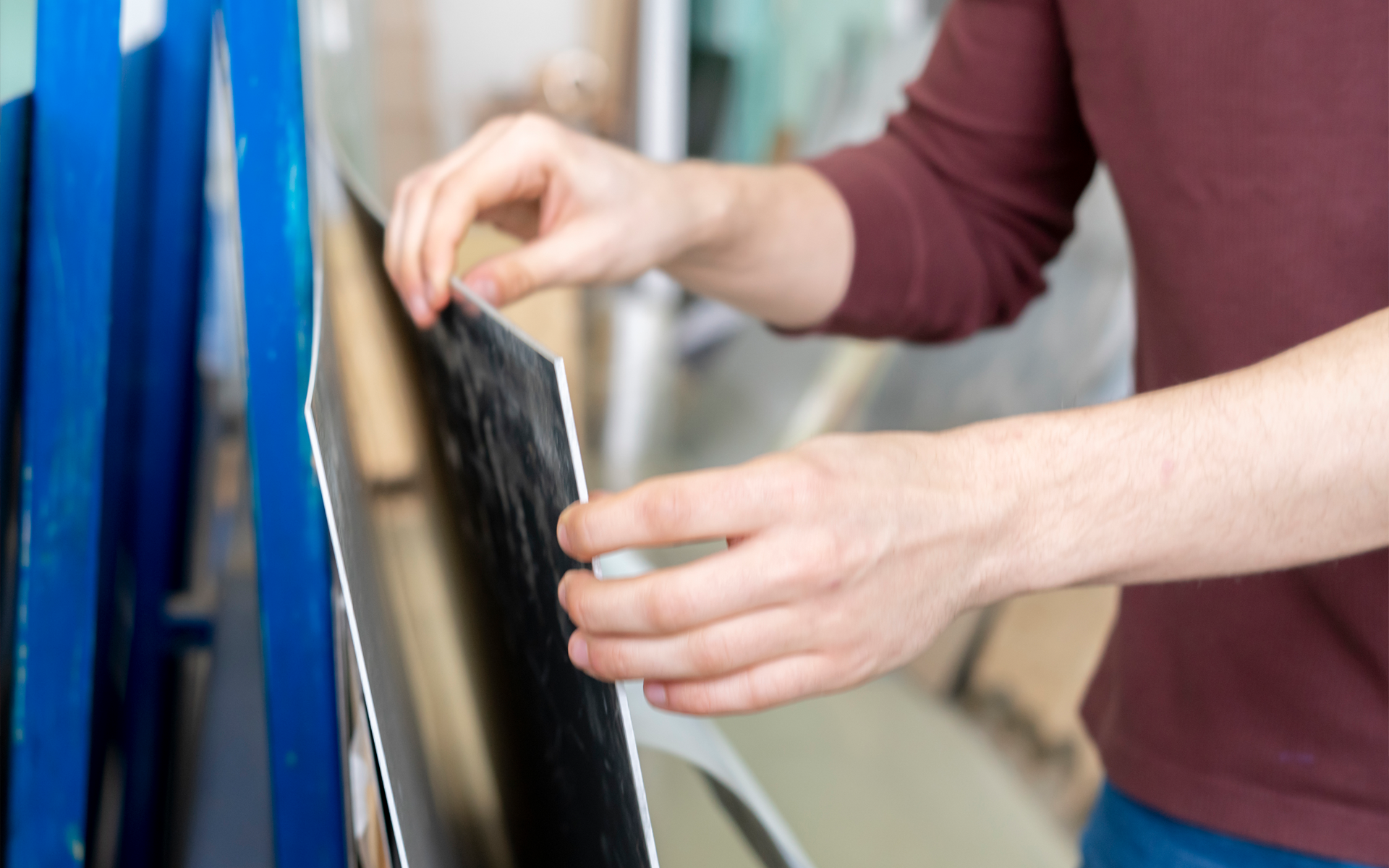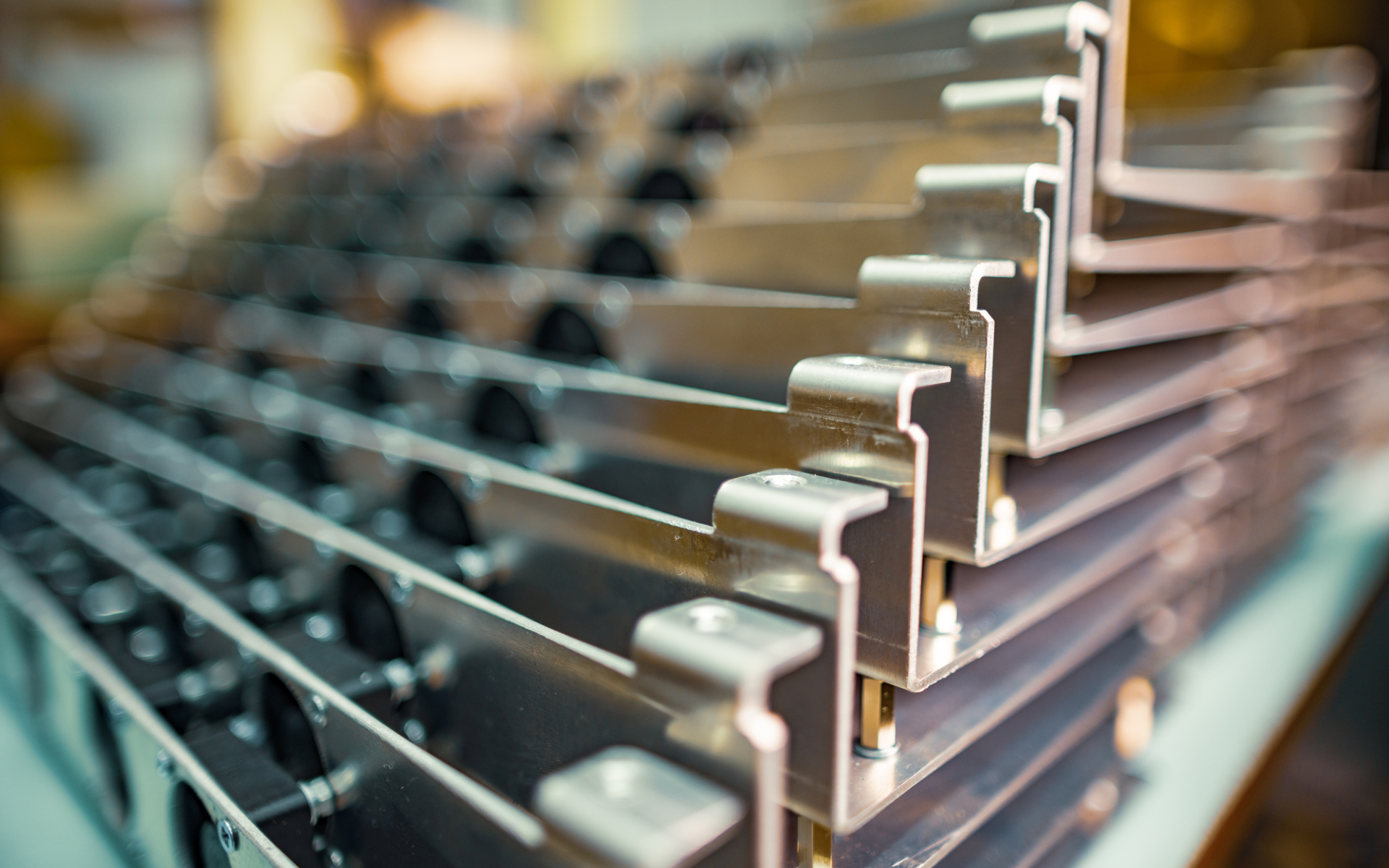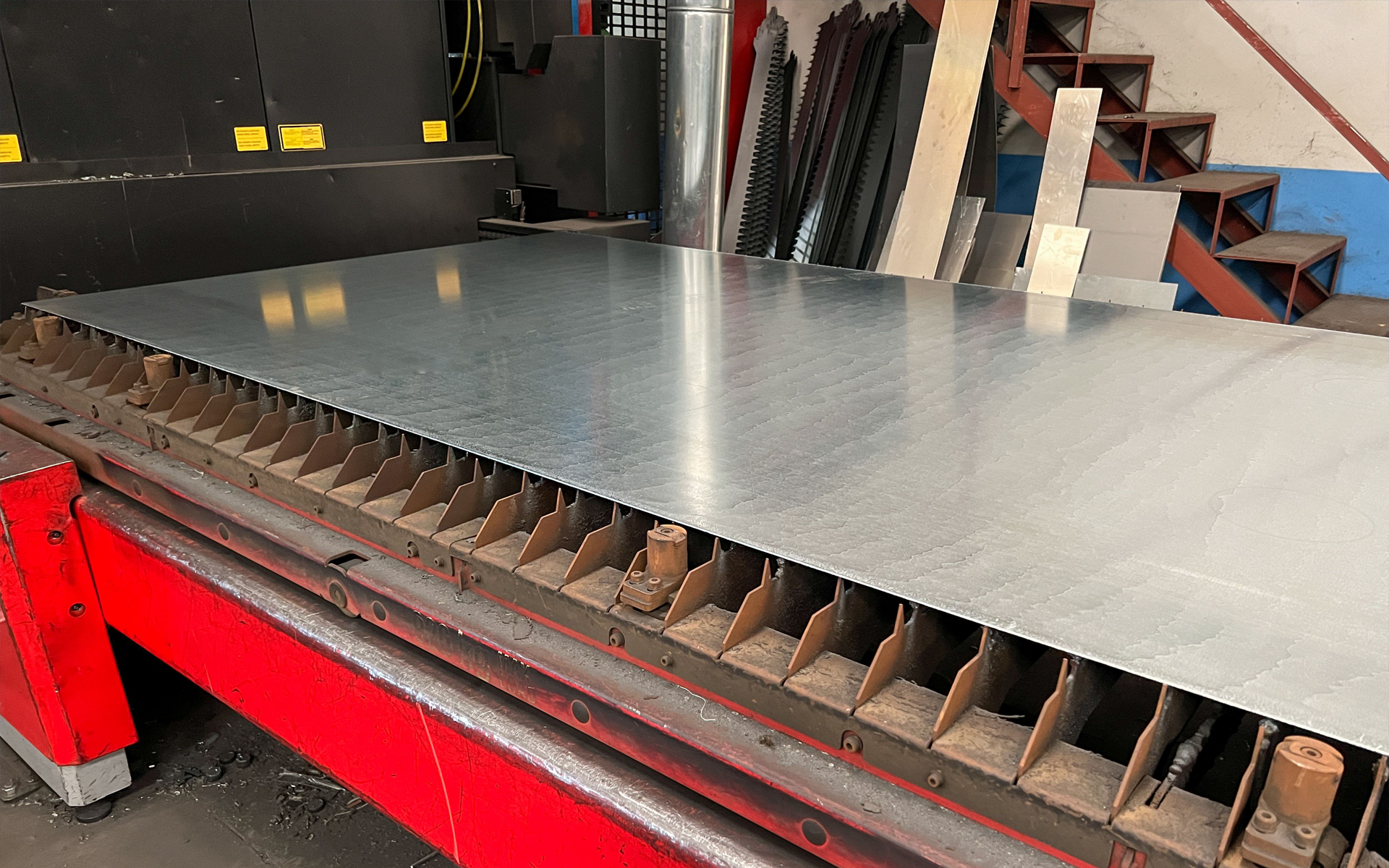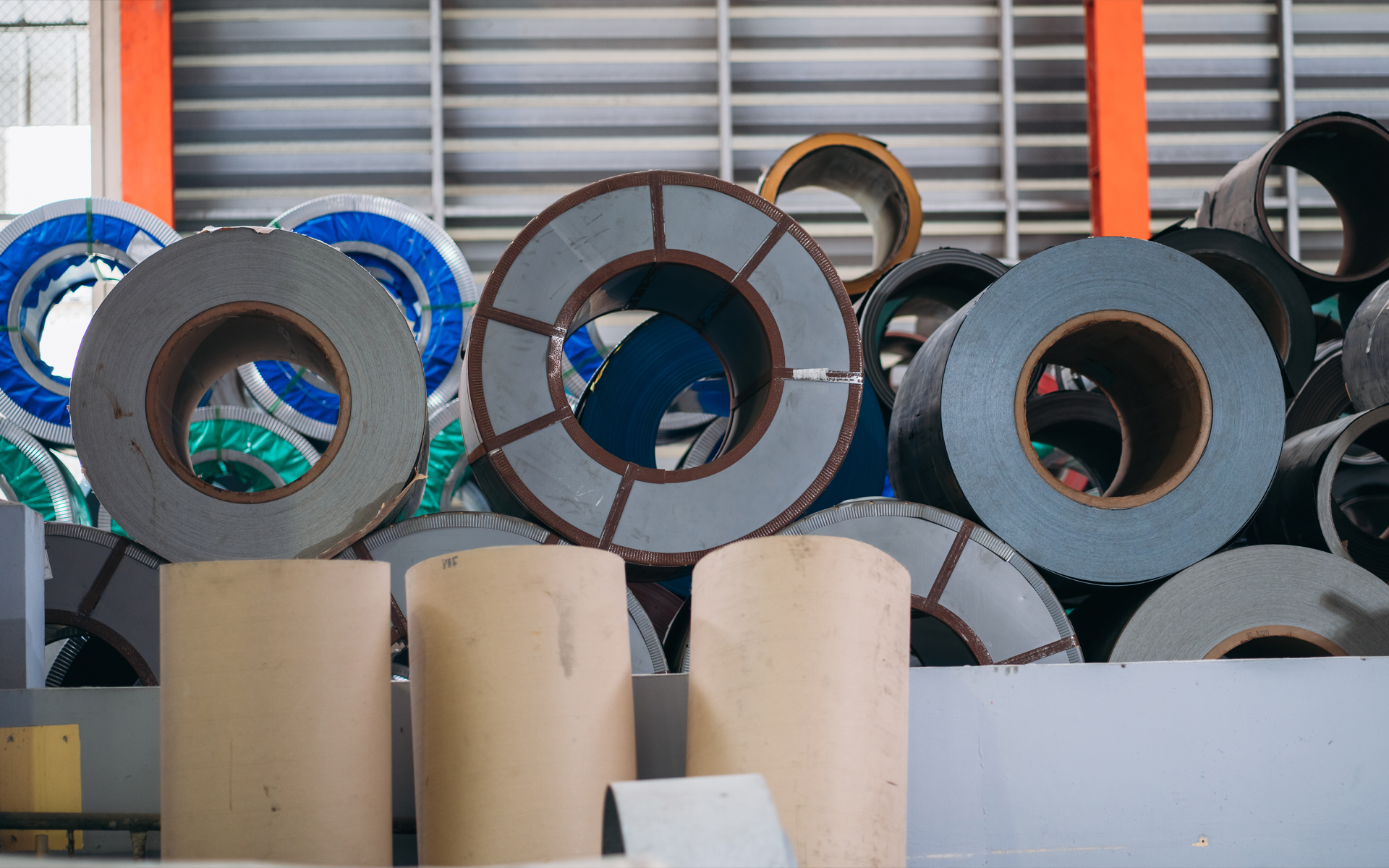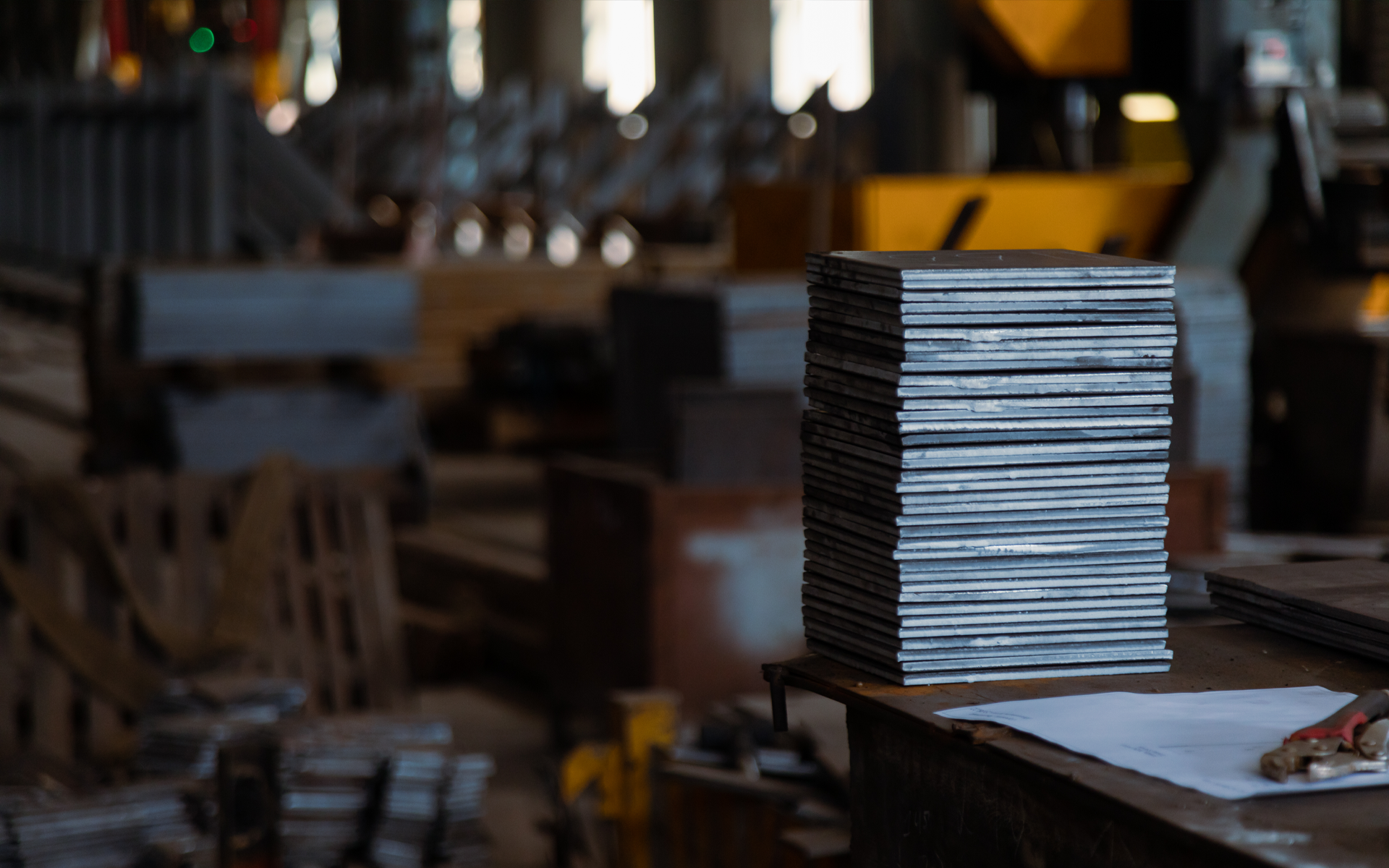How to Choose the Right Steel for Agricultural Equipment
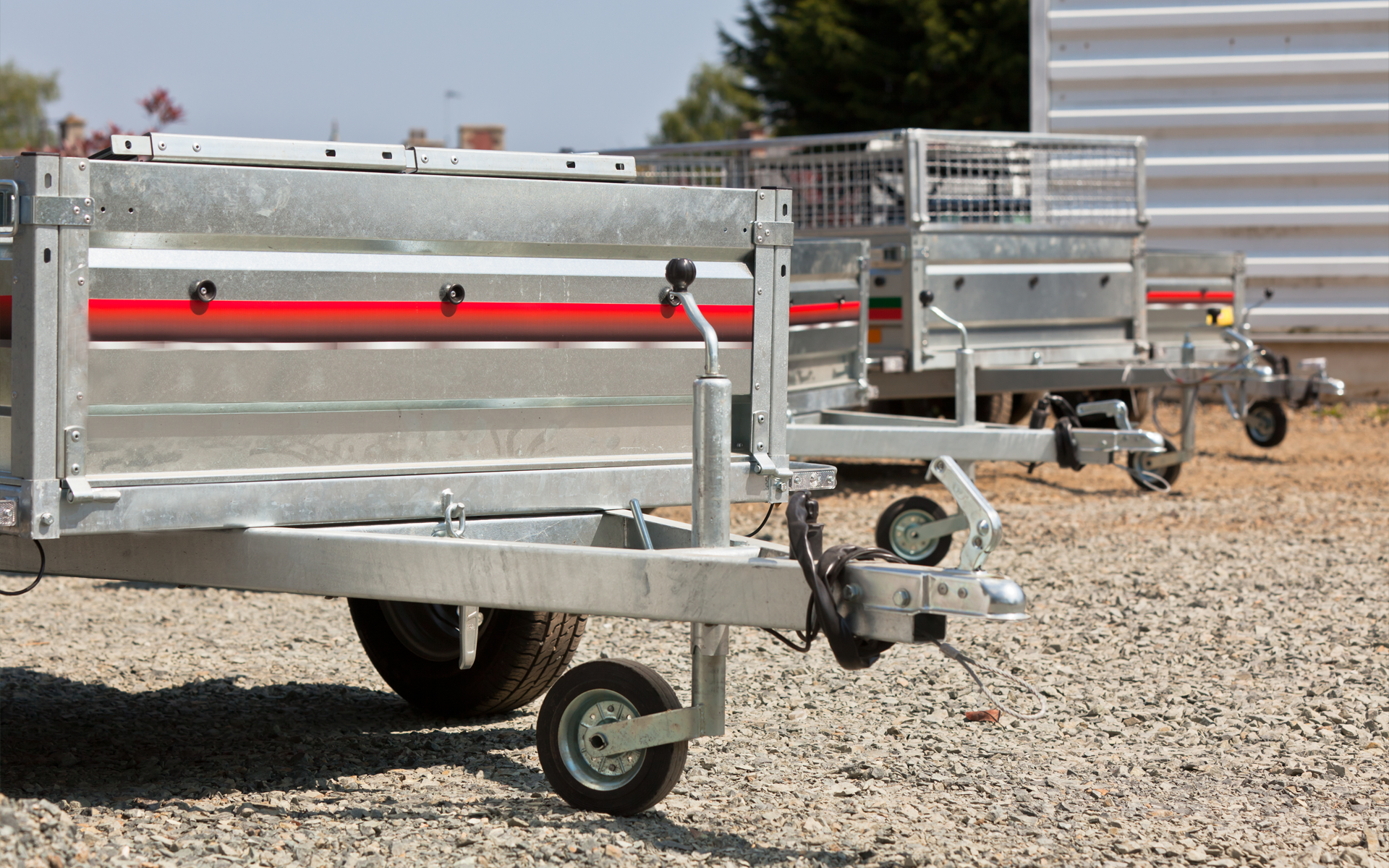
Modern agricultural equipment must withstand punishing outdoor conditions, high-impact mechanical stress, and continuous operation. Whether it’s a grain trailer, soil tillage implement, or feeding system, the steel used to manufacture farm equipment must offer the right combination of strength, formability, corrosion resistance, and long-term durability. Selecting the wrong grade can lead to premature wear, costly repairs, and production downtime.
At Olympic Steel, we supply a full range of high-quality steel plate, sheet, and tubing used in the manufacturing of agricultural implements and trailers. In this blog, we’ll walk you through what makes a steel grade suitable for farming applications and compare the most common options used across the industry today.
Why Steel Matters in Agriculture
Farm equipment operates in demanding environments exposed to mud, water, fertilizers, weather extremes, and mechanical abrasion. The materials used must resist:
- Impact from heavy loads
- Bending and twisting during operation
- Surface abrasion from soil and material contact
- Long-term exposure to moisture and corrosion sources
Choosing steel grades that can handle this abuse means fewer failures, longer service intervals, and better returns on investment for equipment owners. Additionally, with larger, heavier farm machinery on the rise, the structural steel selected must offer high strength without unnecessary weight.
Factors to Consider When Choosing Steel for Farm Equipment
When evaluating steel for implements and trailers, consider the following:
1. Strength-to-Weight Ratio: Heavy-duty implements like cultivators, scrapers, and grain carts need material that resists deformation under stress. High-strength low-alloy (HSLA) steels allow manufacturers to use thinner sections without sacrificing performance.
2. Weldability: Agricultural equipment often involves complex welded assemblies. Selecting steel that responds well to MIG or stick welding ensures faster fabrication and better structural integrity.
3. Corrosion Resistance: Exposure to fertilizers, animal waste, and moisture can corrode untreated steel. Coatings, galvanizing, and the use of weathering steels help prevent rust in critical areas.
4. Formability: Curved or formed components like plow blades and trailer sides need steel that won’t crack during bending. Cold-rolled steels and HSLA products often perform better here than extremely hard grades.
5. Abrasion Resistance: For scraper blades, grain hopper walls, and feed pushers, selecting abrasion-resistant (AR) steel improves longevity and reduces maintenance.
Common Steel Grades for Agricultural Applications
Common Steel Grades for Agricultural ApplicationsThe table below compares common steel types used in farm equipment fabrication:
| Steel Grade | Key Benefit | Best For |
|---|---|---|
| ASTM A36 | Cost-effective, easy to weld | Structural trailer frames, support arms |
| A572 Grade 50 | High strength, good formability | Implements, box blades, scrapers |
| A1011 HSLA | Thin, strong, lightweight | Sheet metal panels, hoppers |
| AR400 / AR450 | Abrasion-resistant, long wear life | Blades, wear strips, contact surfaces |
| Weathering Steel (A588) | Rust resistance in outdoor exposure | Exterior panels, exposed trailer components |
Each material serves a purpose depending on its role within the equipment assembly. At Olympic Steel, we help OEMs and fabricators determine the best match for function, manufacturability, and field durability.
Applications Across Farm Equipment Types
Tillage and Soil Prep Equipment
Implements like cultivators, chisels, and discs take serious abuse from soil contact and impact. AR400 or AR450 steel is often used for wear blades and cutting edges, while A572 Grade 50 forms the primary structural frame.
Grain Trailers and Feed Bins
Trailers must combine lightweight design with load-bearing strength. HSLA steels such as A1011 and A606 support lighter gauge wall construction, while A36 or A572 is used for floor framing. For grain walls and internal dividers, cold-rolled steel with corrosion protection offers longer life.
Livestock Handling and Feeding Systems:
For fencing, gates, and feeders, fabricators choose A500 tubing or galvanized structural steel for strength and corrosion resistance. Coated sheet metal or weathering steel (A588) is often used for outdoor components to reduce maintenance in high-moisture areas.
Fertilizer and Sprayer Tanks
These systems require steel with resistance to chemical exposure. Stainless steel or coated carbon steel is often used depending on fertilizer type. Olympic Steel provides primer-coated, ready-to-fabricate sheets and tanks built for agricultural chemical compatibility.
Fabrication Support from Olympic Steel
Olympic Steel is more than a materials supplier, we partner with agriculture OEMs and job shops to streamline fabrication. Our processing capabilities include:
- Precision plasma and laser cutting for part profiles
- Brake forming and rolling for components like trailer sides and curved hoppers
- Blasting and primer coating for corrosion resistance
- Kitting, nesting, and part labeling for streamlined production
By delivering parts that are cut and prepared for immediate assembly, we help reduce in-house labor time and eliminate costly rework.
Why HSLA Steels Are Gaining Ground
High-strength low-alloy steels such as A572 Grade 50 and A1011 are becoming more common in farm equipment design. These steels offer the ability to reduce wall thickness without compromising structural performance, lowering overall equipment weight and improving fuel efficiency in transport.
For example, a manufacturer switching from standard A36 to A572 can cut steel weight by up to 20% while maintaining or improving strength. For towed implements or mobile feeders, this has a direct benefit in field performance and cost.
Corrosion Control Strategies
Farm environments are notorious for introducing corrosive agents whether through contact with animal waste, wet soils, fertilizer, or rain. Olympic Steel supports corrosion mitigation by offering:
- Primer-coated steel sheet and plate
- Weathering steel options that form protective rust layers
- Access to galvanized steel tubing and angle
- Stainless steel products for select high-exposure systems
Incorporating these materials in the right areas extends service life without costly post-fabrication treatments.
FAQs: Steel for Farm Equipment
What is the most common steel for farm trailers?
ASTM A36 and A572 Grade 50 are frequently used due to their structural strength, weldability, and cost effectiveness.
When should I use AR400 in agriculture?
Use AR400 for components exposed to scraping or impact like plow edges, scraper blades, or grain chutes.
Is corrosion resistance always needed?
Not everywhere, but in high-moisture or fertilizer contact zones, using primer-coated or weathering steel helps reduce maintenance.
Can Olympic Steel cut and deliver custom kits?
Yes. We provide full processing including cutting, forming, blasting, and kitting to help reduce your production time.
Do you supply tubing and angles for gates or pens?
Absolutely. We offer galvanized and non-galvanized A500 tubing and angles suitable for fencing, gates, and enclosures.
Final Thoughts
Choosing the best steel for farm equipment means balancing durability, cost, fabrication ease, and environmental performance. For every implement and trailer, there's a right combination of base steel and protective finish.
At Olympic Steel, we bring decades of experience supplying agricultural OEMs with material solutions that boost durability and reduce long-term cost of ownership. From AR plate to HSLA sheet and corrosion-resistant tubing, we deliver the products and processing you need to build with confidence.
Ready to quote your next farm equipment project? Contact Olympic Steel today.
